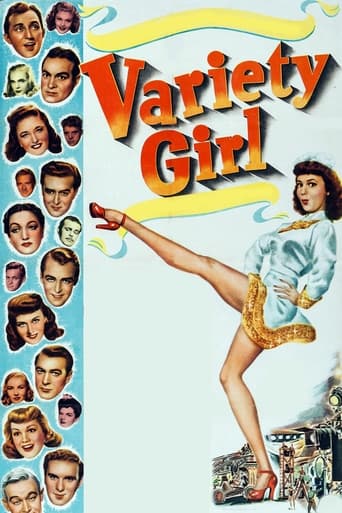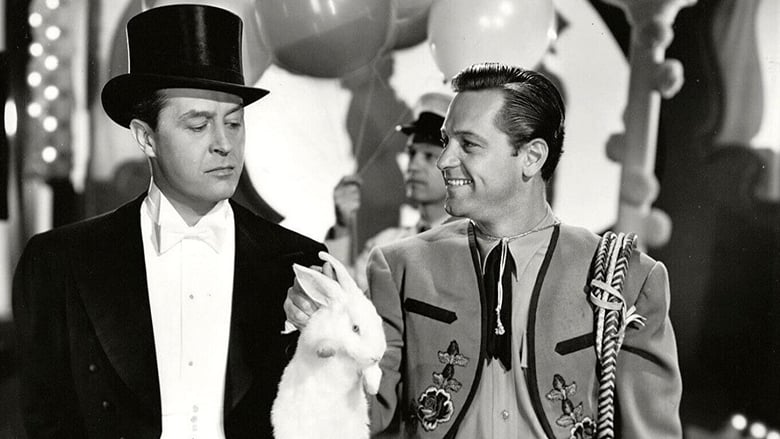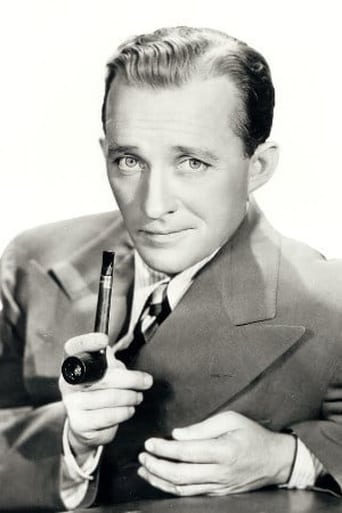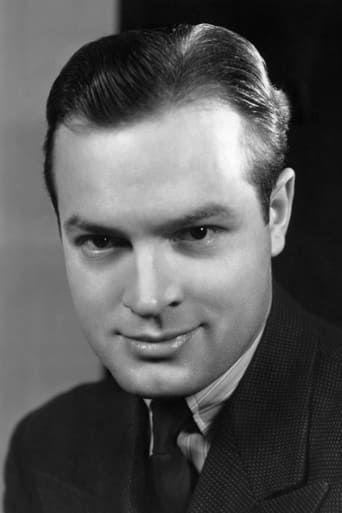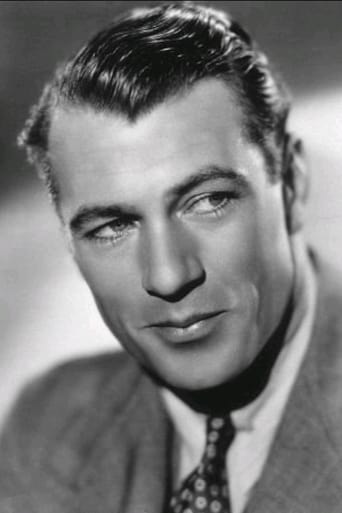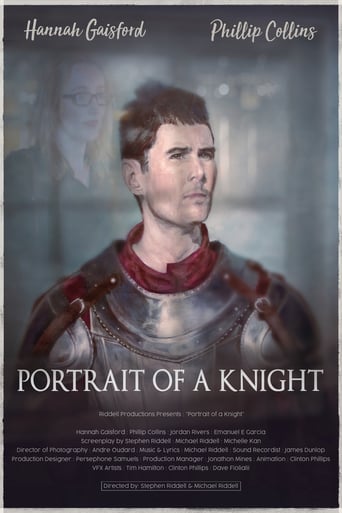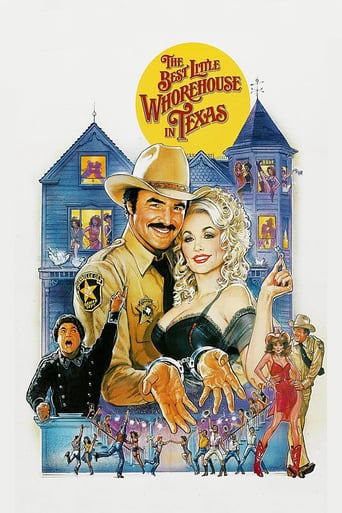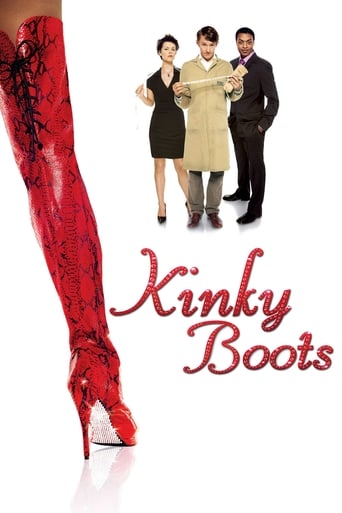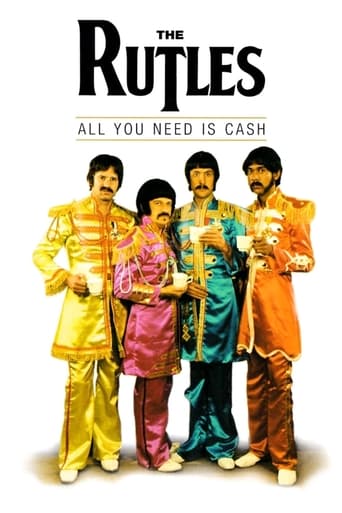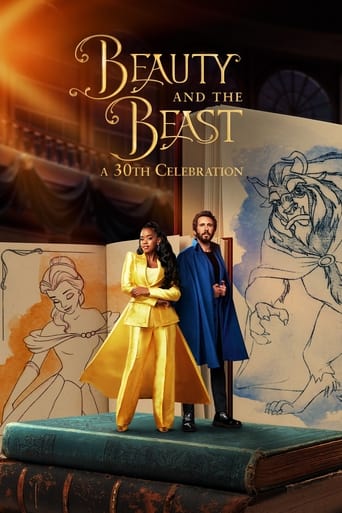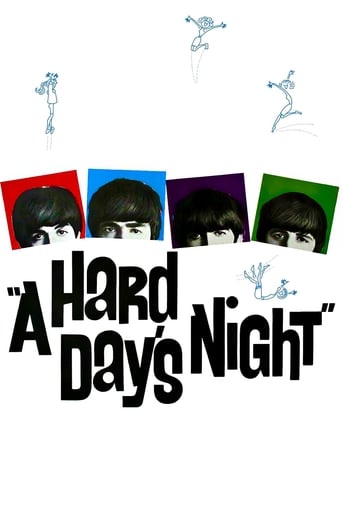Variety Girl (1947)
Dozens of star and character-actor cameos and a message about the Variety Club (a show-business charity) are woven into a framework about two hopeful young ladies who come to Hollywood, exchange identities, and cause comic confusion (with slapstick interludes) throughout the Paramount studio.
Watch Trailer
Free Trial Channels
Cast


Similar titles
Reviews
Lack of good storyline.
The performances transcend the film's tropes, grounding it in characters that feel more complete than this subgenre often produces.
The movie's neither hopeful in contrived ways, nor hopeless in different contrived ways. Somehow it manages to be wonderful
Yes, absolutely, there is fun to be had, as well as many, many things to go boom, all amid an atmospheric urban jungle.
The flimsy story is an excuse for a wonderful parade of some of our favorite stars - some of them doing unusual or uncharacteristic things, and doing them rather well. Alan Ladd for instance joins Dorothy Lamour in singing "Tallahassee", whilst the ultra-lively Pearl Bailey has "Tired", and Gary Cooper saddles up a wooden horse on a carousel! True, there is a bit overmuch propaganda for the Variety Club for my taste and it's surprising other show-business personalities didn't object to the Club's annual banquet being turned into an all-Paramount affair. On the other hand, there's so much fun and good humor in the picture, plus of course, an inside view of Paramount Studios (very much confettied and hokied-up of course, but still more entertaining than a realistic tour of Monogram, say), that Variety Girl is hard to resist.
This movie is a rollicking treat in so many ways.Firstly it is a wonderful nostalgic trip around Paramount studios in 1947. Bing's makeshift golf course, sound stages and administration buildings.It is also an insight into how pictures were made. In the Cecil B. DeMille scene set there is of course no blue/green screen. The projection light goes on, and suddenly you see the back projection of the river. And when the actress walks behind the screen you see her shadow looming prominently. Or in William Bendix's kitchen where you see the sink is simply a board with nothing underneath, and the actor runs out of a back door discretely hidden in the scenery.Even the backstory used as a link to the stars is entertaining. Frank Ferguson with his distinct gravelly voice, who generally plays small parts such as the townsman in westerns who gets shot after about 5 minutes, gives his all as the studio head, Olga San Juan's performance isn't too forced and De Forrest Kelley is a curiosity in a rare leading (sort of) nice guy role. But of course the crowd wants to see the stars. And boy do they shine. Hope & Crosby's golf skit, Alan Ladd in a singing role with Dorothy Lamour, even Pinto Colvig (best known as the voice of Grumpy & the first voice of Goofy) in performance doing voice over.Sadly the print I saw (Universal Vault DVD series)has the Puppetoon sequence in black and white (even though the credits say it's in color).Apart from that frustrating issue, in summing up, just relax and soak up the fun.
This was arguably the last of the 'all-star' spectaculars generated by the second world war and alas it ranks a bad nowhere to such admittedly ho hum entries as Hollywood Canteen and Thank Your Lucky Stars. On the plus side buffs will welcome the chance to see Frank Ferguson in a rare leading role and whilst it's true than many of the Paramount 'names' are wasted there is the odd moment - Ray Milland answers the phone in his dressing room by removing it from the porcelain bowl below the ceiling light and Alad Ladd reveals a pleasant singing voice in Frank Loesser's Tallahassee - it would, of course, have been a 'natural' to have seen Ladd teamed with frequent co-star Veronica Lake in something but the studio had let her go the year before. Worth a look but that's about all.
I've said this often enough. There is no way I will ever give a film like this a bad review. Just an unregenerate stargazer I guess.The demise of the studio system makes this kind of film impossible now. You couldn't possibly afford to pay all the talented people here what they would be worth on the open market. But when they're all working at Paramount studios at the time, such films are possible.The thin plot of this film is that young Mary Hatcher who back as an infant was left in a movie theater and adopted by the managers of several theaters. She became a project for them and the cause of why they founded the Variety Club Charitable Foundation.Mary's grown up now and has aspirations to be an actress. She goes to Paramount where Frank Ferguson is now a big wig. She and a goofy friend Olga San Juan get everyone confused as to who is who. Especially young DeForest Kelley who is a Paramount talent scout.Both Hatcher and Kelley were pretty unknown at the time. Hatcher had in fact come from Broadway and the original production of Oklahoma where she had replaced Joan Roberts in the lead. This was DeForest Kelley and it was only his second film. But I seem to remember he got a big break a little less than 20 years later playing a futuristic doctor on some science fiction show.But this is really just an excuse to have all the Paramount name talent strut their stuff. One interesting sequence was one where Alan Ladd hijacks an airliner and in the midst of a dramatic scene bursts into song with Dorothy Lamour about the capital city of Florida, Tallahassee. Ladd had a pleasant, if not great singing voice and I'm sure he loved the opportunity to spoof his own hardboiled image.Gary Cooper made an obligatory appearance and this turned out to be his farewell appearance with Paramount, the studio that discovered and developed him.Of course heading the cast were the two that really kept Paramount in the black in those days, Bing Crosby and Bob Hope. Bing was in the midst of a five year run as the nation's number one box office attraction. And in 1949 he would be succeeded by one Bob Hope. They have a duet called Harmony in which the rest of the cast joins in at the finale.Curiously enough Bing only recorded Tallahassee and with the Andrews Sisters. Why he and Hope didn't do Harmony on record is a mystery to me.Just about everyone on the lot but Betty Hutton got into this one. I wonder where she was?

